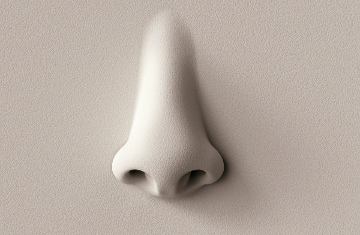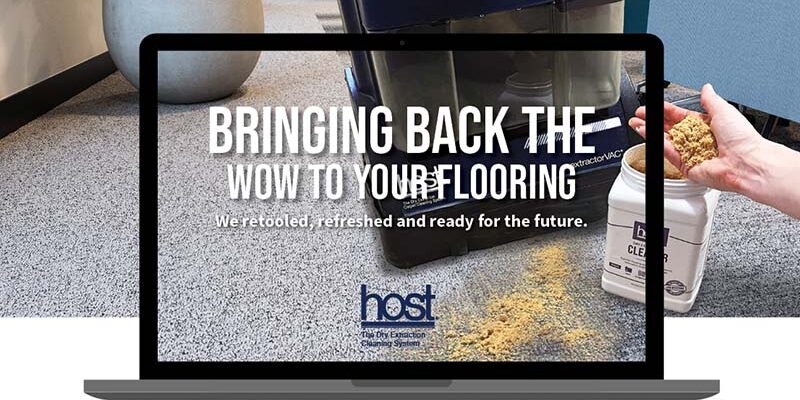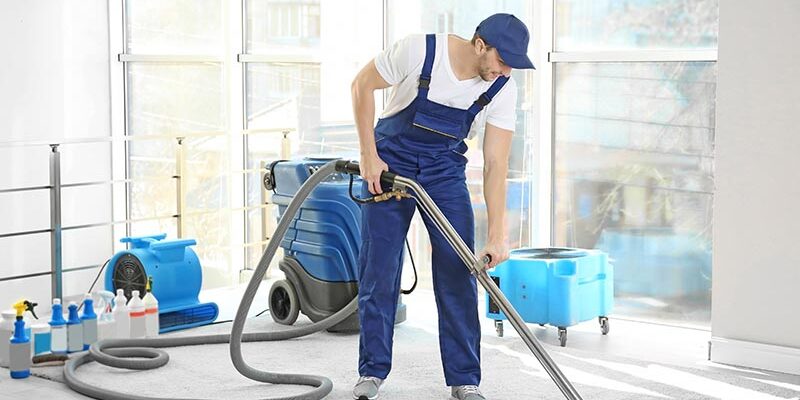Locating Sources of Urine Odor

Urine is really a three-pronged problem. There is stain, odor and contamination. If you don’t address all three issues, you may not satisfy your client.
If you don’t educate your client on the need to address all three issues, they may simply focus on the odor and they may think the solution should be a simple spraying of some magic solution that eliminates all odors.
If we don’t successfully locate all of the odor sources, our result will be less than 100 percent. Because this step is so important, we will examine it in some detail.
Locating the source is done by our eyes and noses with an assist from moisture detectors and ultraviolet (UV) lights.
Power of the nose
We may enter a home or a room and immediately recognize the presence of odors associated with urine. Determining the precise location of the source is more difficult.
In part, this is because air currents diffuse the odor. Closing any open windows, closing doors at the entry to each room, turning off ceiling fans, heating or air conditioning and other sources of air movement will make it easier to locate the source.
Allow time for conditions to settle and then you can carefully check each area without odors from other locations swirling around your nose.
Remember, women are generally more sensitive to odors than men. So, if your olfactory powers are less than awesome, you may want to enlist the aid of a woman.
Moisture detector
Use a moisture probe to examine all the carpet in question.
As urine dries and breaks down, ammonia is formed. Ammonia undergoes a chemical reaction creating alkaline salts. Alkaline salts are hygroscopic; that is, they absorb moisture from the air. In all but the driest environments the salt residue will hold enough moisture to activate a moisture probe. Probes will activate around the equivalent of 16 percent moisture content.
Ultraviolet light
Urine residue will fluoresce, or glow, under ultraviolet (UV) light. Much like white light that is made up of various colors, UV light is composed of many wavelengths. The most effective UV for locating urine deposits is the long wave UV around 385 nanometers.
Ultraviolet lights in several intensities are available to help you locate urine deposits.
Low powered UV lights must be held very close to the carpet in a dark room. Medium intensity lights can work from a few feet away. High powered lights can quickly be used to check a carpet from several feet away. Lights that illuminate urine from a greater distance allow you to inspect an area more quickly. If you intend to pursue a lot of urine correction work, buy a light that won’t waste your time.
Keep in mind that UV light is invisible. When comparing the power and effectiveness of various UV light sources, light that you can see being emitted is not the wave length that really matters.
All UV lights perform best in a dark room but this is not critical when using a more powerful light. When necessary, black plastic sheeting can be used to cover windows. Another option is for the technician to drape a sheet or dark blanket over himself while he is making the inspection.
Amber goggles are available that help intensify the glow from fluorescent areas by filtering out unwanted light. These should be used for effectiveness and to protect the eyes. You may want a second pair of amber goggles for your client to see the extent of the urine contamination.
UV or black light may be produced by specially treated florescent bulbs, incandescent bulbs or by light-emitting diodes (LEDs). Newer LED flashlights deliver illumination almost equal to the most powerful lights used in our industry. The flashlights are lighter weight, more compact and not tied to an electric cord. LED UV flashlights also eliminate the warm-up time of standard UV lamps.
Urine is not the only thing that will glow under a black light. You will recognize urine by the shape of the spot and by its characteristic yellow (from dogs) or greenish (from cats) glow. However, a bluish glow may indicate urine stains where cleaning has been attempted with a product that contained an optical brightener.
It takes only a small amount of urine to produce a noticeable glow under a quality black light.
Cleaning procedures dissolve or emulsify the components of urine, suspending them in the water. When the water is extracted, most of the urine is also removed. However, it is rather evenly dispersed throughout the water. Thus, even if 80 percent to 90 percent of the water is removed by extraction, 10 percent to 20 percent of the water is left behind, along with 10 percent to 20 percent of the glowing contamination.
Water that dries by evaporation rather than extraction leaves whatever is dissolved in it behind. So while the stain and odor may be gone, the small percentage not removed is often enough to produce a glow under UV light. It may not always be possible to clean thoroughly enough to remove all traces.
The eyes
Of course, a yellow stain on the carpet is a good visual indication of urine contamination.
Where practical, a positive method for detecting urine is to disengage the carpet, turn it back (upside down) and inspect the backing for stains.
Stains will be most apparent on natural fiber backings, like jute, but can be detected on synthetic backings as well. Water stains and/or white salt residues might be visible after heavy or repeated contamination.
The disadvantage of this method is the time and effort required to turn back the carpet This inspection method makes sense when complete eradication of the odor is being considered.
Use all your resources
Use all available tools — eyes, nose, moisture detector and UV light — to be sure you have located all urine deposits.
Mark the location of all odor sources. You may use white chalk, pennies or some other markers.
A diagram on graph paper will help you locate the problem areas if the treatment is being done at a later time. A diagram is also helpful to use when explaining to your customer what services are needed.
Scott Warrington has nearly 50 years of experience in the carpet cleaning industry and related fields. He serves as the Director of Education and Customer Service for Bridgepoint Systems and Interlink Supply. He can be contacted at [email protected].












